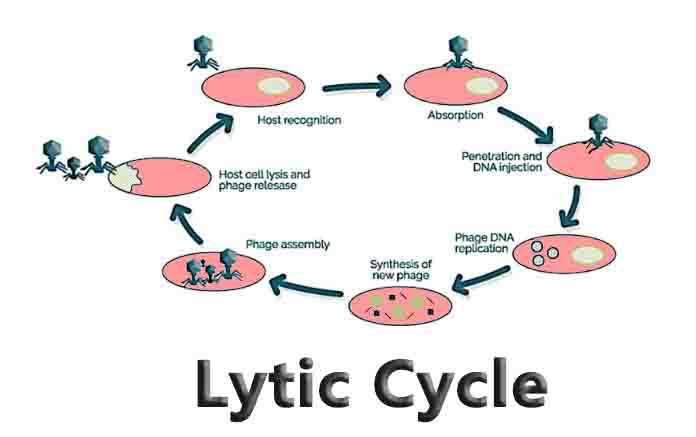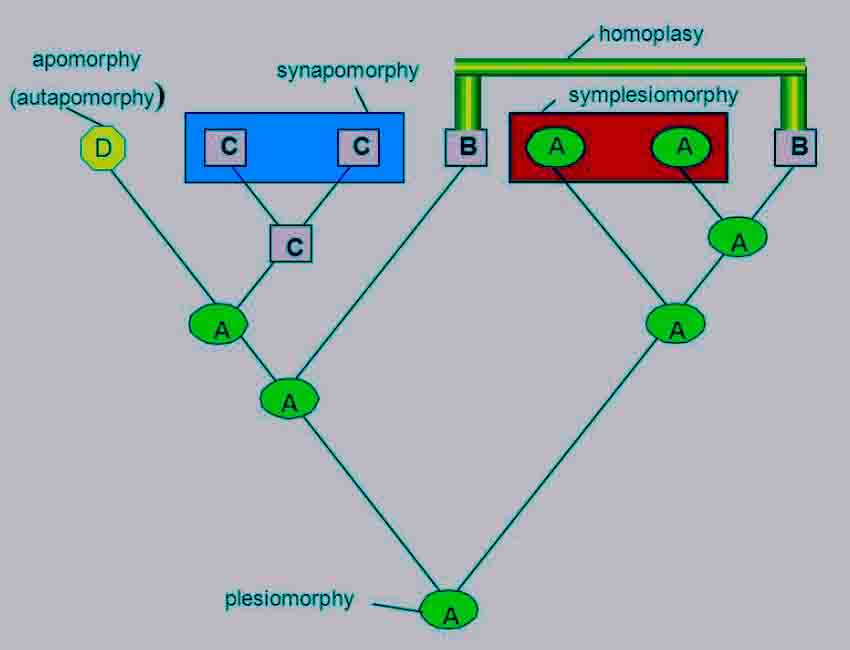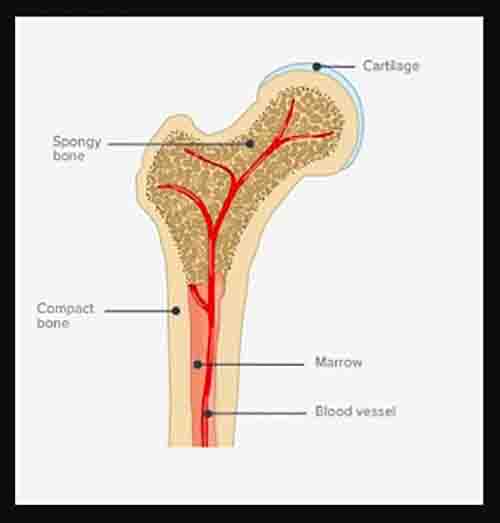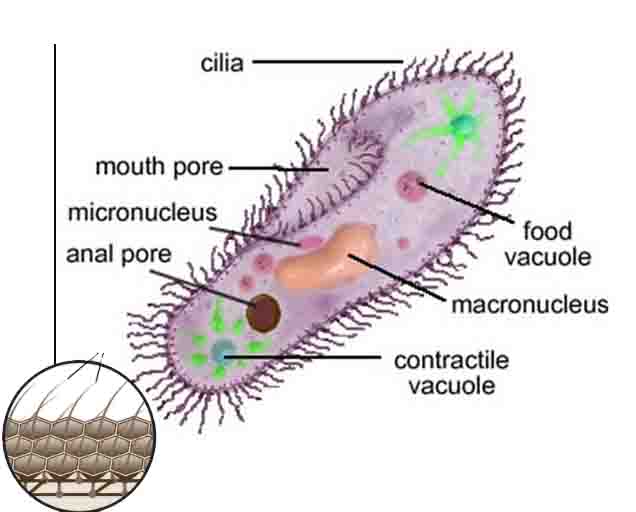Lytic Cycle
Lytic Cycle Definition The lytic cycle is named for the process of lysis, which occurs when a virus has infected a cell, replicated new virus particles, and bursts through the cell membrane. This releases the new virions, or virus complexes, so they can infect more cells. The lytic cycle is often accompanied by the lysogenic … Read more










